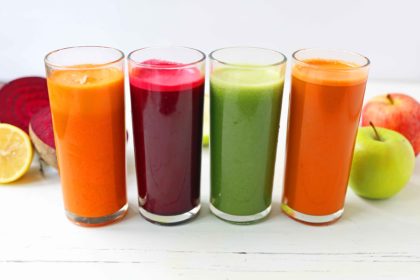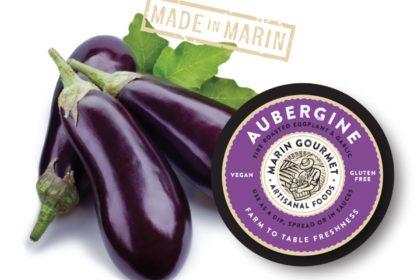UPDATE: During the summer when you’re hot or homebound, keeping your home closed up tight with the air conditioner on maybe a nice retreat from the heat. Similarly, in the winter you may keep your windows shut all season to block out the cold. However, keep in mind that the majority of germs are airborne, invisibly transferred, and continually reproduce.
Disinfectant Sprays

Disinfectant sprays are manufactured to kill viruses, bacteria, and fungi on surfaces — not in the air. Some of the newer ‘sanitizing sprays’ on the market claim to “kill odor-causing bacteria in the air”. However, be aware of the ingredients that are supposedly ‘refreshing’ the air you breathe. Once inhaled, these chemicals are absorbed into the bloodstream.
Ingredients
A few widely-used brands and their disclosed ingredients are listed below. Click on the product name to access its Material Safety Data Sheet (MSDS) and the individual chemical for the MSDS on that specific substance.
- Alkyl (50% C14, 40% C12, 10% C16) Dimethyl Benzyl Ammonium Saccharinate – .10-1.0% (No properties, health effects and exposure limits have been defined for this chemical.)
- Ethanol – 40-60% (May cause reproductive and fetal effects; tumors; and liver, kidney and heart damage.)
- Petroleum gases (propane, butane, isobutane) – 2.5-10%
Lysol® Neutra Air® Freshmatic®
- Propellant blend 152A – 10-15%
- Propellant blend AB-46 – 25-30%
- Distillates (Petroleum) – 55-60% (Suspected cardiovascular or blood toxicant, neurotoxicant, respiratory toxicant.)
- Fragrance – 1-3%
Lysol® Neutra Air® Sanitizing Spray
- Ethanol SDA200 Proof – 0-0.5% (Acute and chronic health hazard with eye/skin contact and inhalation.)
- Ethanol SDA 95% – 20-25% (Acute and chronic health hazard with eye/skin contact and inhalation. Target organs: kidneys, central nervous system, and liver.)
- Alkyl (50% C14, 40% C12, 10% C16) Dimethyl Benzyl Ammonium Saccharinate – 0-0.1% (No properties, health effects and exposure limits have been defined for this chemical.)
- Triethylene Glycol – 5-10% (Toxic to kidneys and nervous system in humans.)
- Propellant Blend AB-46 – 20-25%
- Triethylene Glycol – 6.0% (Toxic to kidneys and nervous system in humans.)
- Hydrocarbon propellant blend:
- Isobutane – 7-13%
- Propane – 7-13%
- Butane – 10-20%
- Ethyl Alcohol – 50-70% (May cause reproductive and fetal effects; tumors; and liver, kidney, and heart damage.)

Many of the commercial disinfectant sprays and room fresheners contain propellants which are easily inhaled into the lungs then circulate throughout the body. Propellants also irritate the lungs and may cause an irregular heart rhythm when inhaled at high concentrations.
Some disinfectant sprays contain o-phenylphenol (a.k.a. 2-Phenylphenol) a derivative of benzene. Benzene is recognized as a known human carcinogen associated with leukemia. O-phenylphenol is a recognized carcinogen and a suspected:
- Cardiovascular or blood toxicant
- Developmental toxicant
- Neurotoxicant
- Reproductive toxicant
- Respiratory toxicant
- Skin or sense organ toxicant
Ingredient Disclosures Are Not Required
 Commercial cleaning product manufacturers are not required to list all the ingredients on their labels. A product may contain a dangerous or untested chemical and consumers would be unaware of it. Even worse, the Poison Control Center might have difficulty identifying the contents.
Commercial cleaning product manufacturers are not required to list all the ingredients on their labels. A product may contain a dangerous or untested chemical and consumers would be unaware of it. Even worse, the Poison Control Center might have difficulty identifying the contents.
WARNING: Until a chemical is tested and evaluated, or if the results are not publicly available, current laws recognize the chemical as “safe”.

![]() Karen’s Fit Tip: Try to brave the chill, heat, and humidity and clean the air naturally in your home. Open doors and windows during the day as frequently as possible while paying attention to the air quality advisory in your area.
Karen’s Fit Tip: Try to brave the chill, heat, and humidity and clean the air naturally in your home. Open doors and windows during the day as frequently as possible while paying attention to the air quality advisory in your area.
Avoid disinfectant sprays and air sanitizers. You’ll end up with a chemical cloud in your home that can do more to harm your health than it can to extinguish germs.




